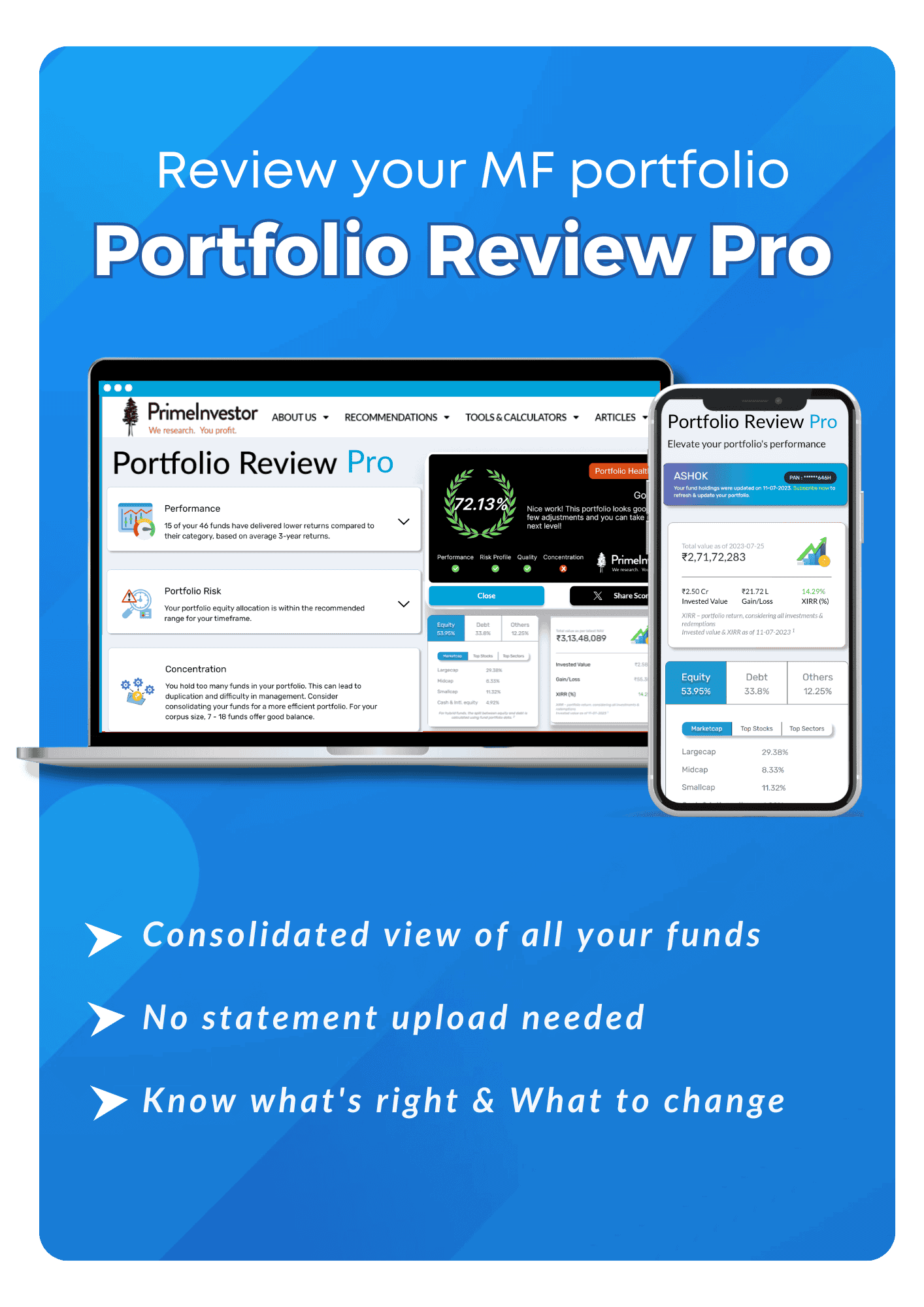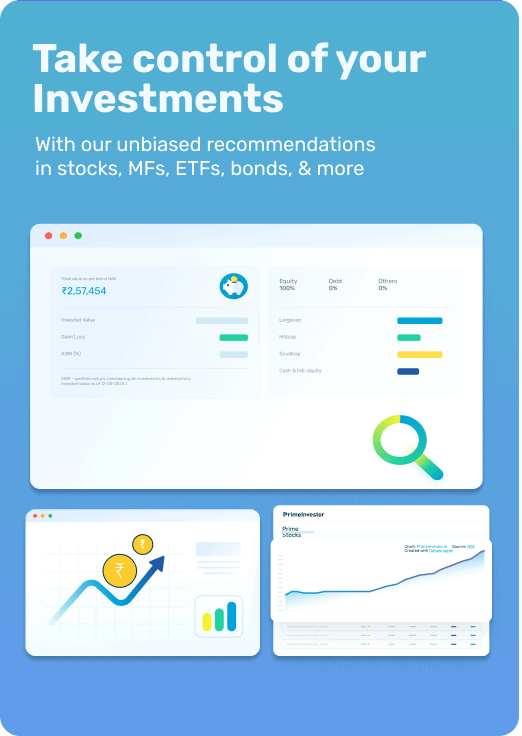In buying stocks, we need to either do our own homework on companies’ financials, management and prospects or stick to mutual funds or Portfolio Management Schemes. However, there is a more universally popular basis for buying and selling stocks. ‘Information’ or ‘Khabar’. What is a star investor ‘buying? Which broker is buying? Which insider is buying? I can say that the seventies, eighties and nineties were characterized mainly by such ‘informed’ buying based on some advanced information. It was not illegal. Many company directors, auditors and executives would be buying/selling just before price sensitive information was released. Over time, SEBI regulations extended to bar any trading based on unpublished information as insider trading. Even when companies share information with investors on a one-on-one basis or through a conference call etc, the transcript is supposed to be uploaded so that everyone theoretically has the same degree of information.
Until the internet arrived, buyers of stocks had to depend on their own resources or brokers or the local train or the friendly café (Coffee Centre or George Restaurant at Fort, Bombay were popular haunts) to overhear brokers/executives talk about stocks. Office executives would be hounded to tell what their bosses were buying or selling. Some of the secretaries (not company secretaries) were sought after to get this information. I remember that when the FIIs came in, there were whispers about how some ‘companies’ or ‘exchange honchos’ would seek trade information on buys and sells. There was no public disclosure of portfolios/block deals etc. Research reports were not available, there were no 24-hour business channels. Getting company annual reports was next to impossible unless you were a shareholder. In the nineties, I remember buying annual reports of companies for a price from specialized agencies.

Problem of plenty
Today, everyone seems to be part of many Whatsapp groups, Telegram channels and news feeds etc which specialize in giving stock tips. As an individual, it is an extremely demanding ask to keep searching for new stocks, new ideas etc. There is a constant bombardment of ideas and stock tips from the media- television channels, internet business websites, free data providers, charts, tipsheets and more. There are paid services as well as free services. If one were to go through all the sources that provide you with names of stocks to buy and sell, 24 hours will not be enough to even sift through the information that is floating on the net.
Today, we can classify sources of stock ideas into three broad groups:
- Sell side equity research provided by brokers to institutional and retail clients
- Paid sources such as subscription services
- Free sources such as public media and social media channels
Let’s look at each in detail.
Sell-side equity research reports
These are reports by brokerage houses to service their institutional / retail clients. The universe of stock is generally based on minimum market capitalization, inclusion in index and any investment banking action (IPO or rights issues or some other corporate action). Each of the companies would have multiple brokerages covering it. Institutional brokers would be focused on large sizes and their small company coverage tends to be minimal. Retail brokerages do cover more smaller companies, but these reports reach the institutional brokers first though it is supposed to be disseminated simultaneously to every client / potential client.
Such coverage also gets distributed to some media channels (business papers, business television channels and some website based business channels). Media would typically get it AFTER the broker’s clients get it. Business channels still treat this as peddle-worthy and big brokerage house reports get splashed in the media.
Ninety percent of these would be ‘buy’ reports while ‘sell’ reports are limited. The objective behind these reports is to provide a ‘service’ to brokerage clients and the publicity is to give a wider coverage to ensure more follow up buying so that the recommendation becomes self-fulfilling. But as this coverage is restricted to large companies, there are at least twenty to fifty reports on each company. So, there is no ‘revelation’ that comes from these reports. Yes, sometimes, small cap companies may be uniquely covered. Only one or two brokers may be covering these small companies.
Given the above tactics, smart investors really do not use these reports as a call to action. All these reports generally tell you what the consensus mood is. Sometimes, some brokerages do move the prices when the report is released. However, before any retail or non-client gets hold of the report, the move would have happened as the big clients get the report first.
As an individual investor, these reports can give you some knowledge about the company and what the brokers think about the stock. Let us take an example. Infosys would have coverage from dozens of brokers. If you hold this stock for the long term, it best not to be bothered by the quarterly noise that is made by these reports and the management interviews that seem to be so structured that you are unlikely to gain any real insights.
From a practical point of view, keep an eye out only for any sell report from the Sell-side or first-time coverage on a new company. These can probably add to your knowledge and you can take action after understanding the report.
Paid subscription services
There are hundreds of these services available today to give you recommendations on stocks and portfolios. They have a responsibility to be honest and timely. Ask around for people who are already users of any service. An honest user will not share any ‘paid’ report. It is for his consumption only and by sharing it, he is discouraging the person who makes a living by putting out this subscription service. Go by the reputation of the provider, who the people are and some feedback from customers.
Many of these services also provide a record of their recommendations, the outcomes and the returns. These subscription services are not limited by market capitalization or a compulsion to serve institutional clients. I also see that most of them are not hesitant to make ‘sell’ calls. I have come across some excellent services. I will not name them because some of them are friends and I do not know every one. The fees can range from a few thousand rupees a month to over a couple of lakh rupees a year. Naturally, the size of your investments will also limit your choices.
Social media tips and other enticements
But the ironic thing is that the most widely used sources by investors are not the above sources. Right from ‘tips’ to detailed reports, everything is available on the net / mobile phone through informal social media channels. There are good and bad sources. The first thing I wonder when I get ‘free’ tips is to ask a question – Why is someone being so benevolent with a money-making idea?
Let me begin with the Whatsapp Groups. These could be solicited or unsolicited. Solicited would generally imply that it is by a group of active investors, who exchange ideas and include names only through references. I have seen that in such groups, discussions get serious, stocks are discussed. No one pushes or hustles the others. Some members are very open and even confess their buying and selling. So, if you are a member, what should you do? Do you blindly follow some names or do you take the hints and do your own homework? If I am incapable of doing my own homework, I should restrict myself to mutual funds and not invest directly in equities.
But unsolicited groups and channels are the ones with most risk. Often, there are price rigging operations that are managed through these. There are ‘pump and dump’ operators who load on to some shares and then spread these free ‘buy’ tips that take the price higher and higher. These tips generally cause permanent loss of capital for those who follow. Yes, some may get lucky and make some money, but if you keep chasing those tips, you are guaranteed to lose money.
Unsolicited social media channels are best avoided. You will know when to buy a stock but no one will tell you when to sell. Moreover, you will be bombarded with so many ‘hot’ tips that you should have an endless source of money to act on everything.
In general, use social media by keeping away from it. Yes, if it is a group of known investors, maybe use it as a source of names for further investigation and independent action. Some of the ideas may be good. However, buying should be done only after you complete your own due diligence. You should be able to manage further action after the initial buy, on your own. No one is obliged to inform you when to sell or when something goes wrong with an idea or a company they mooted long ago.
And then there is that favourite pastime- ‘star investor’ portfolio chasing. This has its own pitfalls. You do not know the star investor’s risk appetite nor the reasons as to why he/she bought the shares and you will never know when the sale happens. I also know of some ‘stars’ who make it a business to rig share prices for promoters, by using this ‘star’ status and social media carefully. I know of one investor who will talk about buying a stock in the media when he is actually selling it! There are no laws against this. The star investor has far more money than you have and his reasons for buying a stock could be unrelated to long term investing. I also know of some who lend their ‘name’ in price-rigging games.
Social media is a dangerous place for investors. It has good and bad things. However, most retail investors tend to be ‘followers’ and are easy prey for all kinds of investment scams. In social media (Twitter, Telegram Channels, Whatsapp groups, Internet websites) there is no accountability. Often you cannot identify the primary source of advice. You are dealing with many tipsters who are not registered or qualified under SEBI regulations, to offer investment advice. I have also come across ‘fixed’ ‘guaranteed’ return on investment ‘schemes’. These are generally conveyed to you as ‘risk-free’
Then, there are the Futures and Options games. You part with your money and that is it. You will keep getting fictitious account statements showing you gains made and one fine day, the person will not be approachable. There are many such scams that keep going on.
I know of a group of people who lost money to their regular broker through such a scam. This broker is an incorporated entity. His staff pushed a few investors into a ‘guaranteed’ return scheme . The employee guaranteed an annual return of 18 percent. He targeted senior citizens who were delighted at this. They broke fixed deposits with their banks and gave the money to the broker. The broker would send them some monthly statements, showing some profit-making F&O trades. There would be no actual credit to their bank accounts, except for the monthly 1.5 percent.
After about four or five months, these credits stopped but the statements kept coming. After some months even the statements stopped. Phone calls were getting cut. Finally, it was discovered that there was a group of about 30 investors who had ‘invested’ about Rs.6 crore in this ‘scheme’. They approached the broker’s office, which claimed that there was no official record of either such a scheme or their investments. The truth was that an employee of the broker and a local manager had tried their hand at F&O and lost everything. The investors are still waiting to get back their money. Complaints have been made and some legal processes initiated. My feeling is that the legal process will continue even after the demise of some of the investors.
The ’guaranteed’ return schemes are the worst. Most of them are from unregistered entities and most often, you will not even know where the person is.
Social media is a minefield of risk. For every ‘success’ story you hear, there will be a hundred tragedies that never come to public knowledge.








5 thoughts on “Here’s a hot stock tip”
Same logic holds true for PI calls, price shoots up , Monday Magic !!
Any reliable paid subscription services provider, can you give hint if possible. Looking for 2-3 options.
You definitely have one here 🙂 thanks, Vidya
In my opinion retailers should either follow either recommendations from prominent, veteran brokers or from SEBI Registered Equity Analyst. Sir what is your opinion on platforms such as small-case or wealth desk. Are these sources useful and authentic to source equity investment ideas ?
They can only be hints or suggestions. Small case from some advisors do look good, but not been through enough to comment upon. Wealth desks? I would keep away
Comments are closed.